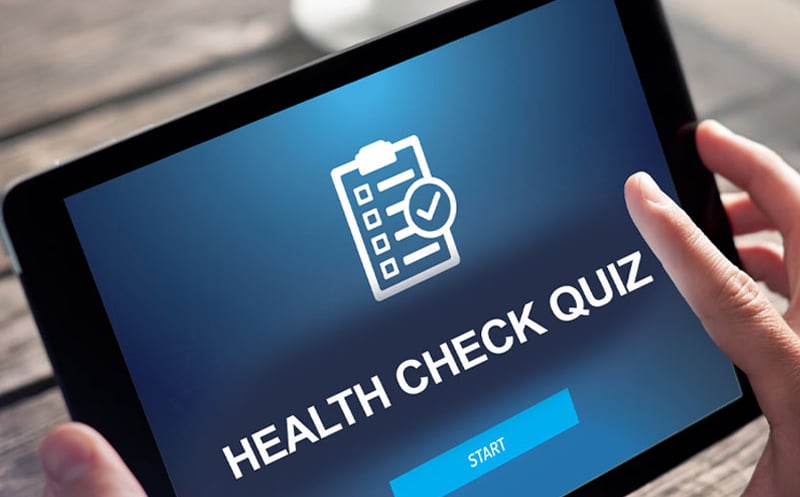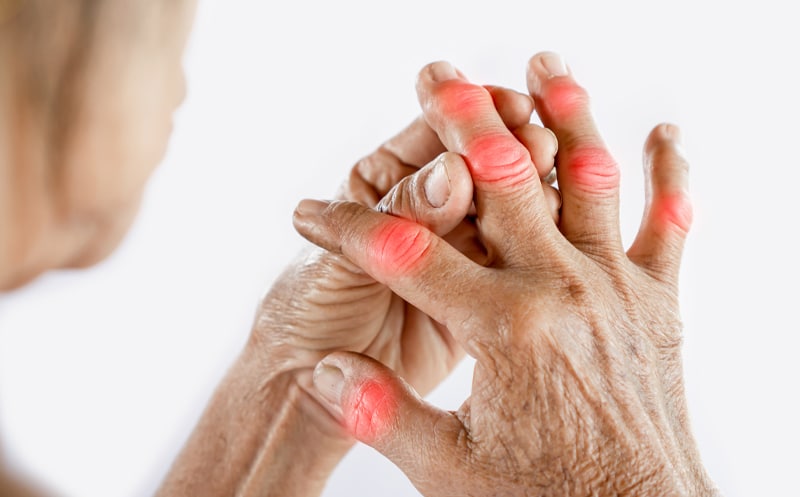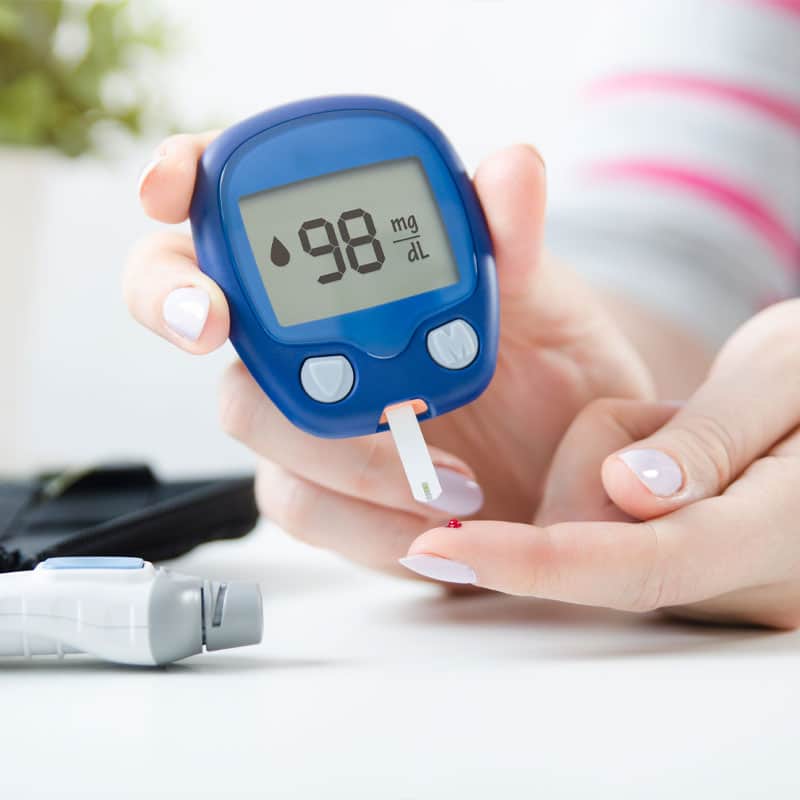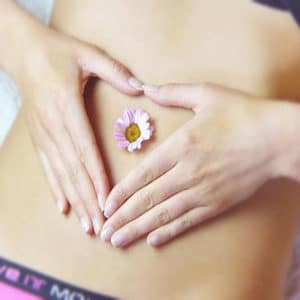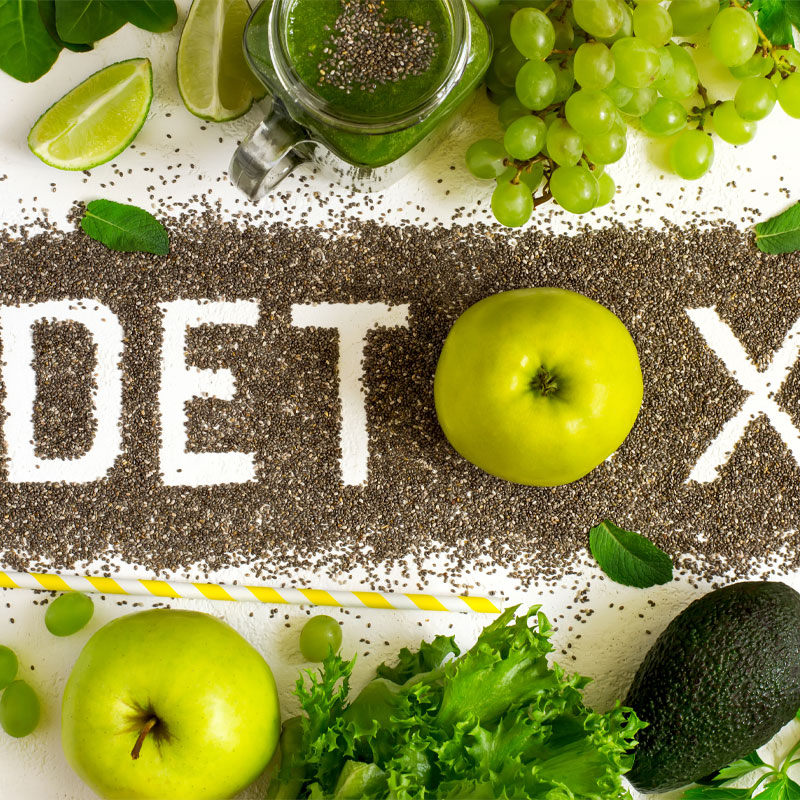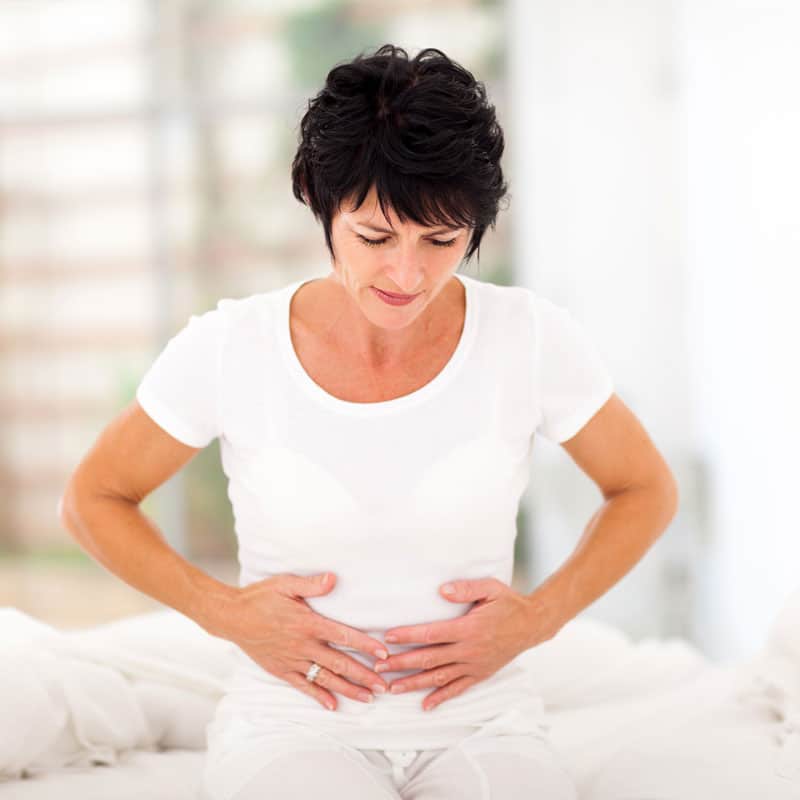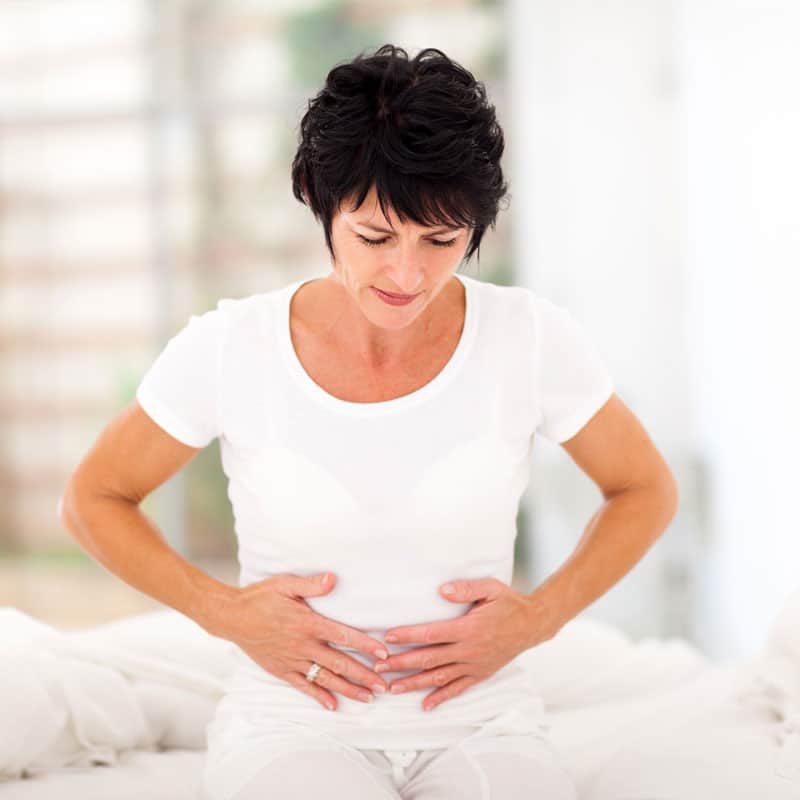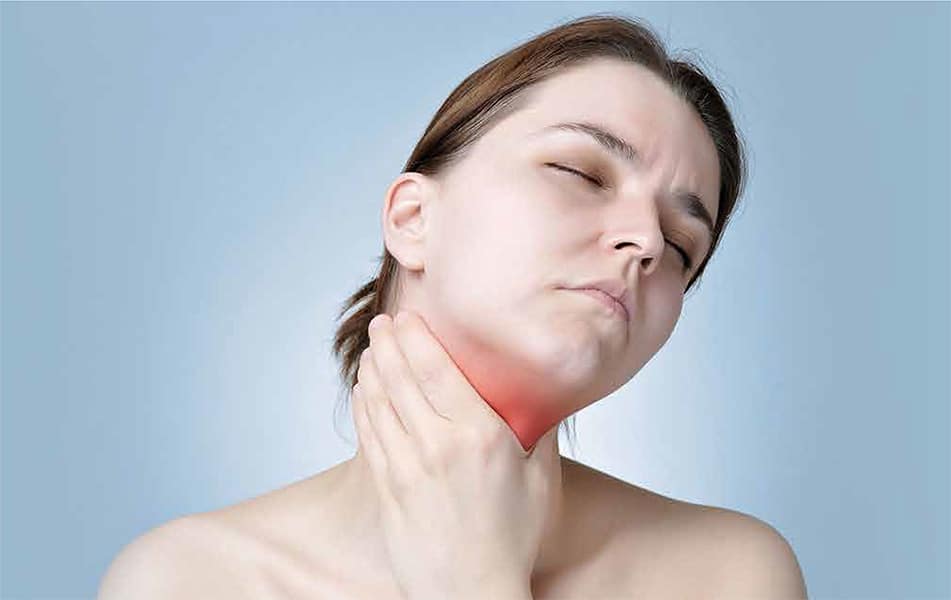Food intolerances and allergies are quite common. More than likely, you or someone you know has a food intolerance or a food allergy. Many people have been unable to determine the exact food or food group that is causing their symptoms of histamine intolerance. Luckily, there are several ways to determine what is causing your symptoms.
What Are Histamines?

When your immune system determines your body has come in contact with an allergen or an item that you have an intolerance to, it releases histamines in the body. When histamines are released, they can affect different areas of your body-
- Your blood vessels may dilate
- Your heart rate may increase
- Your eyes may water
- Your skin may swell and itch
- Your adrenal glands will release adrenaline
- Your lungs may contract
- Systemic inflammation may occur
- If you have ingested food that you are intolerant, sensitive to, or allergic to, the histamine can cause an increase in stomach acid to aid in digestion
All of these are designed to help rid the body of the substance you are intolerant or allergic to. If the immune system releases too much histamine or the histamine activates throughout the body, it is referred to as histamine intolerance.
Causes of Histamine Intolerance
Histamine intolerance does not mean that you have an allergy to histamine. Histamine intolerance occurs when there is too much histamine in your body, and it causes a number of symptoms. Although it is referred to as an intolerance, it is not actually an intolerance.
To better understand the mechanism of histamine and histamine intolerance, we must look at how digestion works. First, most foods that you eat contain histamine. Some foods have a lot of histamines while others do not have as much histamine. When you consume food, the intestines, thymus, and kidneys release diamine oxidase, which is an enzyme that helps break down the histamine found in foods. If your body does not produce enough of this enzyme, histamine builds up in your body and causes a variety of symptoms.
There are several things that can cause a deficiency of this all-important digestive enzyme. Taking immune modulators and non-steroidal anti-inflammatory medications (NSAIDs) can reduce the production of enzymes. Additionally, eating high histamine foods (fermented foods, avocado, eggplant, etc.), alcohol consumption, and digestive disorders (SIBO, leaky gut syndrome, IBD, etc.) can also reduce the number of digestive enzymes your body produces.
Histamine Intolerance Symptoms
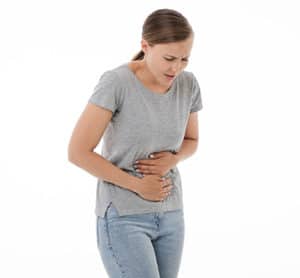
- Cardiovascular system – When the cardiovascular system is involved, the most common symptoms include excess sweating, the body’s inability to regulate its temperature, and flushing. You may experience low blood pressure, heart palpitations, arrhythmias, and a racing heart.
- Digestive system – Sufferers often complain of nausea and vomiting, acid reflux, and stomach pain. Bloating and diarrhea are also symptoms of histamine intolerance.
- Muscle twitches, fibromyalgia, and stiff joints may occur when there is too much histamine in the body.
- Unrelenting fatigue, anxiety, insomnia, headaches, and vertigo.
- Estrogen dominance, irregular periods, and endometriosis are also histamine intolerance symptoms.
- Respiratory system – Some of the most common symptoms include a cough, nasal congestion, and a sore throat.
- Foods high in histamine can also trigger breathing difficulties, sinus issues, postnasal drip, and asthma.
Diagnosing Histamine Intolerance
Because histamine intolerance can affect so many different systems, it can be difficult to get an accurate diagnosis. Histamine pinprick tests can be used to suggest an intolerance; however, the test is not entirely conclusive. The best way to determine if you have histamine intolerance is through diet.
If histamine intolerance is suspected, a foundational diet should be followed. This type of diet focuses on eating healthy fats, proteins, and greens at each meal. Refined carbohydrates along with refined sugar should be avoided. Additionally, you should avoid soy, dairy, and gluten products as many people have a sensitivity to these foods.
If following a foundation diet does not eliminate your symptoms, you should follow a low FODMAP diet. This type of food removes fermentable carbohydrates from our diet. Many people have a hard time digesting these types of carbs. If a low FODMAP diet eases your symptoms, you may have a small intestine bacterial overgrowth (SIBO). Healing the gut and rebalancing the bacteria in the digestive tract may help relieve your histamine intolerance symptoms.
If you are still experiencing symptoms after you have removed the most common food triggers, it is time to move to an anti-histamine diet. A low histamine diet seeks to remove the foods that contain high levels of histamine as well as those that block digestive enzyme production and trigger the immune system to produce histamine.
High Histamine Foods
The following list of foods contains high amounts of histamines.
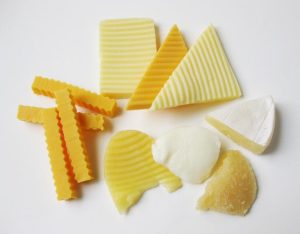
- Cruciferous vegetables
- Dairy products
- Dried fruit
- Fermented foods
- Nightshade vegetables
- Processed meats
- Shellfish
- Smoked meat
- Vinegar and foods containing vinegar
Trigger Foods That Release Histamine
The following list of foods that triggers the body to release histamines.
- Alcoholic beverages
- Beans
- Chocolate
- Food additives and dyes
- Nuts
- Tomatoes
- Tropical fruit
Foods that Prevent The Production of Digestive Enzymes
The following foods can prevent your body from producing the digestive enzymes needed to deactivate histamines.
- Alcohol
- Black tea
- Energy drinks
- Green tea
Examples of Low Histamine Foods

Once you have removed all of the aforementioned foods, you must allow your body time to detox and heal. During this time, you will need to eat low histamine and antihistamine foods which include:
- Fresh meat
- Fresh fish
- Fruits – except for citrus fruits
- Gluten-free grains
- Dairy substitutes
- Fresh vegetables – except for cruciferous vegetables and nightshades
- Healthy fats – except for avocados
Follow this low histamine diet for two weeks. Then, begin introducing one food at a time. If any reaction occurs, remove the offending food and wait three days before introducing the next food.
Supplements can Help
Supplements may also be used in conjunction with antihistamine foods. These supplements include probiotics to help heal the digestive tract. L-glutamine and other amino acids help soothe the digestive tract. Immunoglobulins improve immune health, reduce histamine production, and increase digestive enzyme creation. Finally, traditional antihistamines may be used to help calm the immune system, decrease histamines in the body, and relieve symptoms.
Functional medicine clinicians understand the importance of maintaining good digestive health and boosting immunity naturally. Histamine intolerance can be resolved when the root cause is discovered and dealt with. Although finding the root cause of histamine intolerance can be difficult, integrative medical doctors have the experience and expertise needed to identify your triggers and develop a treatment plan to improve your health using both complementary and conventional medical treatments.




